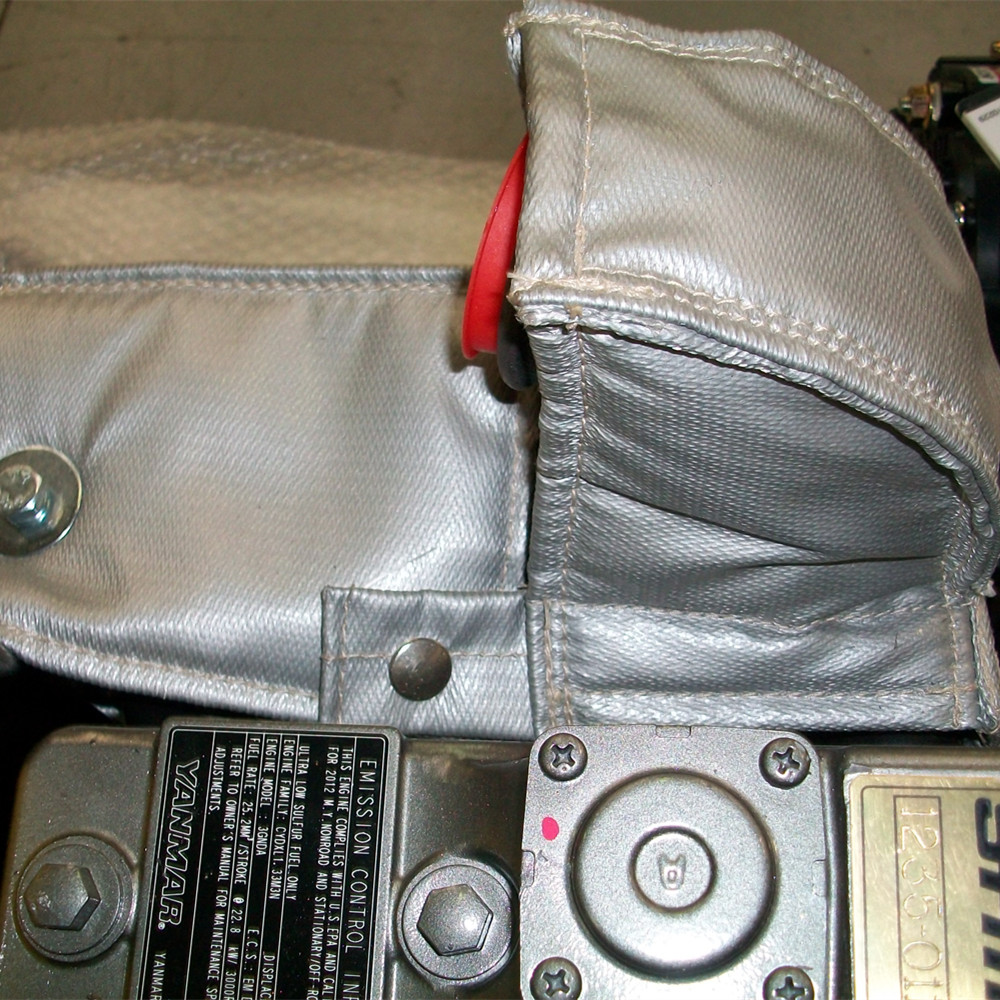Việc sử dụng tấm cách nhiệt cho hệ thống xả mang lại nhiều lợi ích, đặc biệt là trong môi trường hiệu suất cao và nhiệt độ cao. Bằng cách kiểm soát khả năng tản nhiệt từ ống xả, những tấm chăn này giúp cải thiện hiệu suất tổng thể của xe và kéo dài tuổi thọ của các bộ phận xung quanh.
Hiệu suất được cải thiện
Nhiều người đam mê ô tô và các tay đua đã chia sẻ rằng chăn cách nhiệt khí thải có tác dụng giữ nhiệt bên trong ống xả một cách hiệu quả, làm giảm sự truyền nhiệt đến khoang động cơ. Điều này làm giảm nguy cơ hấp thụ nhiệt, đảm bảo không khí mát hơn đến động cơ, có thể cải thiện mã lực và hiệu suất tổng thể. Ví dụ, một đội đua xe thể thao chuyên nghiệp nhận thấy rằng việc sử dụng chăn cách nhiệt khí thải giúp duy trì nhiệt độ không khí nạp tối ưu, mang lại hiệu suất ổn định hơn trong các cuộc đua.
Nâng cao sự an toàn và thoải mái
Người dùng trong các ngành công nghiệp khác nhau, bao gồm cả xe tải và xe địa hình, báo cáo rằng chăn nhiệt thải giảm thiểu nhiệt tỏa từ hệ thống xả vào cabin hoặc khu vực chở hàng. Một nhà điều hành xe tải ghi nhận nhiệt độ trong cabin giảm đáng kể sau khi lắp đặt tấm xả, tạo ra một môi trường an toàn và thoải mái hơn, đặc biệt là trong những chuyến đi dài ở vùng khí hậu nóng.
Tuổi thọ linh kiện
Các ứng dụng trong thế giới thực cho thấy chăn nhiệt thải bảo vệ các bộ phận gần đó, chẳng hạn như hệ thống dây điện, đường dẫn nhiên liệu và các thiết bị điện tử nhạy cảm, khỏi nhiệt độ quá cao. Một người vận hành thiết bị nặng nhận thấy rằng sau khi lắp đặt tấm chăn, tuổi thọ của ống mềm và hệ thống điện được cải thiện, giảm nhu cầu thay thế thường xuyên cũng như thời gian ngừng hoạt động tốn kém.
Quản lý nhiệt trong các bản dựng tùy chỉnh
Các nhà chế tạo ô tô độ thường cho rằng chăn cách nhiệt khí thải là điều cần thiết để duy trì tính thẩm mỹ và chức năng. Một thợ xây đã chia sẻ cách bọc hệ thống ống xả trong một tấm chăn nhiệt không chỉ ngăn ngừa thiệt hại do nhiệt đối với các bề mặt được sơn tùy chỉnh xung quanh mà còn giảm nguy cơ bỏng khi làm việc trong khoang động cơ chật hẹp.
Tóm lại, chăn cách nhiệt khí thải là một giải pháp đã được chứng minh để kiểm soát nhiệt, cải thiện hiệu suất của xe và bảo vệ các bộ phận quan trọng, được nhiều người dùng trên các lĩnh vực khác nhau chia sẻ.
